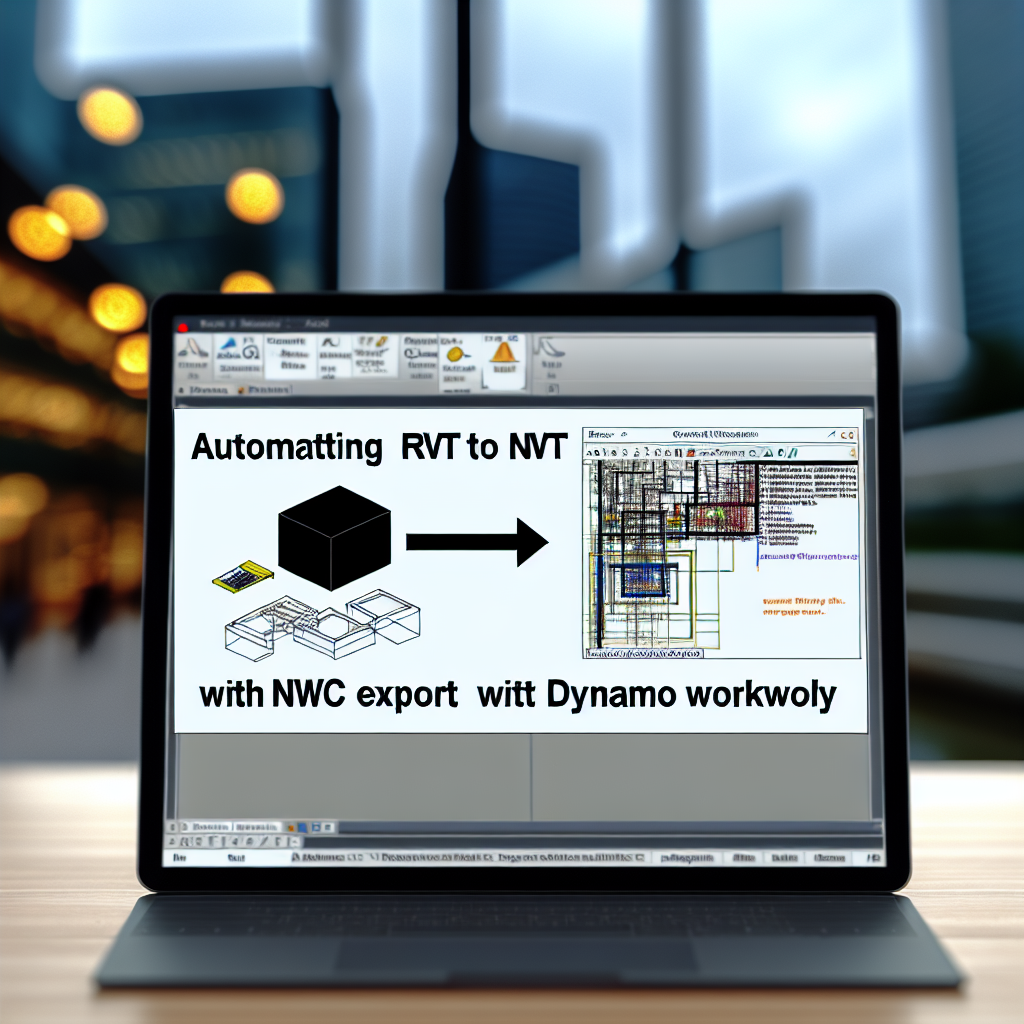Introduction to Automated RVT to NWC Export with Revit Dynamo
For professionals working with Building Information Modeling (BIM), streamlining workflows is essential. Automating the export of Revit (.rvt) files to Navisworks (.nwc) format using Dynamo can significantly enhance productivity and reduce manual errors. In this article, we’ll explore how to set up an automatic export process in Revit Dynamo, ensuring efficiency in project coordination.
Harnessing Dynamo for Automatic RVT to NWC Export
Dynamo, a visual programming extension for Revit, offers a powerful way to automate repetitive tasks, including exporting RVT files to NWC format. The process involves creating a custom script or graph that triggers an export command based on certain conditions, such as file saving or project updates. This automation minimizes manual intervention and ensures that the latest project data is always available for review in Navisworks.
Key steps involved:
- Setting up Dynamo environment: Install and open Dynamo within Revit to access the visual scripting platform.
- Creating the workflow: Develop a script that listens for project events or schedules regular exports.
- Using Revit and Navisworks nodes: Leverage nodes that interface with Revit’s export functions, specifying the NWC format.
- Scheduling and automation: Integrate Dynamo scripts with either Revit startup routines or external automation tools to run at desired intervals or triggers.
The advantage of this approach is that it allows project teams to maintain a current model in Navisworks without manual export tasks, reducing errors and saving valuable time during project coordination phases.
Implementing and Optimizing Your Dynamo Workflow
Developing an effective Dynamo script for automatic RVT to NWC export requires attention to detail. First, ensure your Dynamo environment has access to the necessary nodes for file management and Revit commands. You should incorporate conditions that handle file naming conventions, version control, and error handling to prevent export failures.
Once your script is ready, test it thoroughly across different project scenarios. Automate the process by integrating it into your project startup routines or scheduling it through external automation platforms like Windows Task Scheduler. Keeping your scripts updated and periodically reviewing their performance ensures ongoing efficiency gains.
Additionally, consider adding features like notifications upon successful export or failure alerts to stay informed about the process status without manual checks.
Conclusion
Automating the export of RVT files to NWC format using Revit Dynamo enhances project workflows by saving time and reducing human error. By setting up custom Dynamo scripts that trigger automatic exports, BIM teams can ensure their models are always current in Navisworks, streamlining coordination and collaboration. Implementing and fine-tuning this process can significantly improve project productivity and data accuracy, making it a valuable addition to any BIM toolkit.
